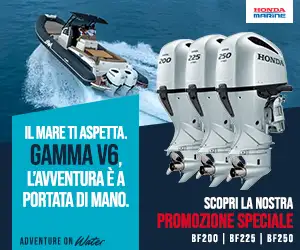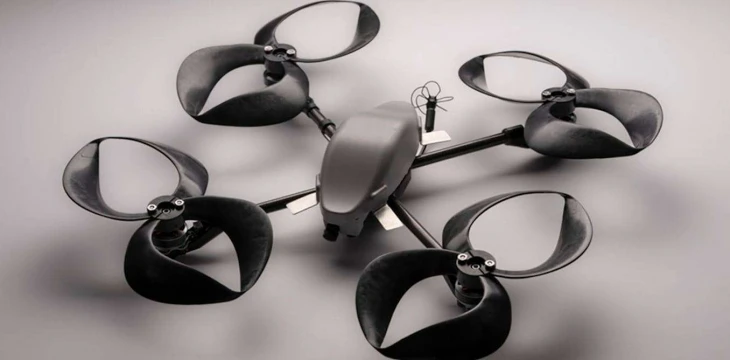
Drone with toroidal propellers, source: MIT News (Massachusetts Institute of Technology)
The Toroidal Propeller: The Pinwheel-Inspired Innovation for Marine Engines
The adjective “toroidal,” which literally means ring-shaped, seems purposefully chosen to evoke mysterious and complex geometries. And yet, a toroidal propeller can be made quite simply using a sheet of paper, scissors, and a pin: many of us played with one as children, attaching it to a stick and running around to make it spin. It’s called a pinwheel. The one in the picture has three blades, but four- or multi-blade versions exist too.
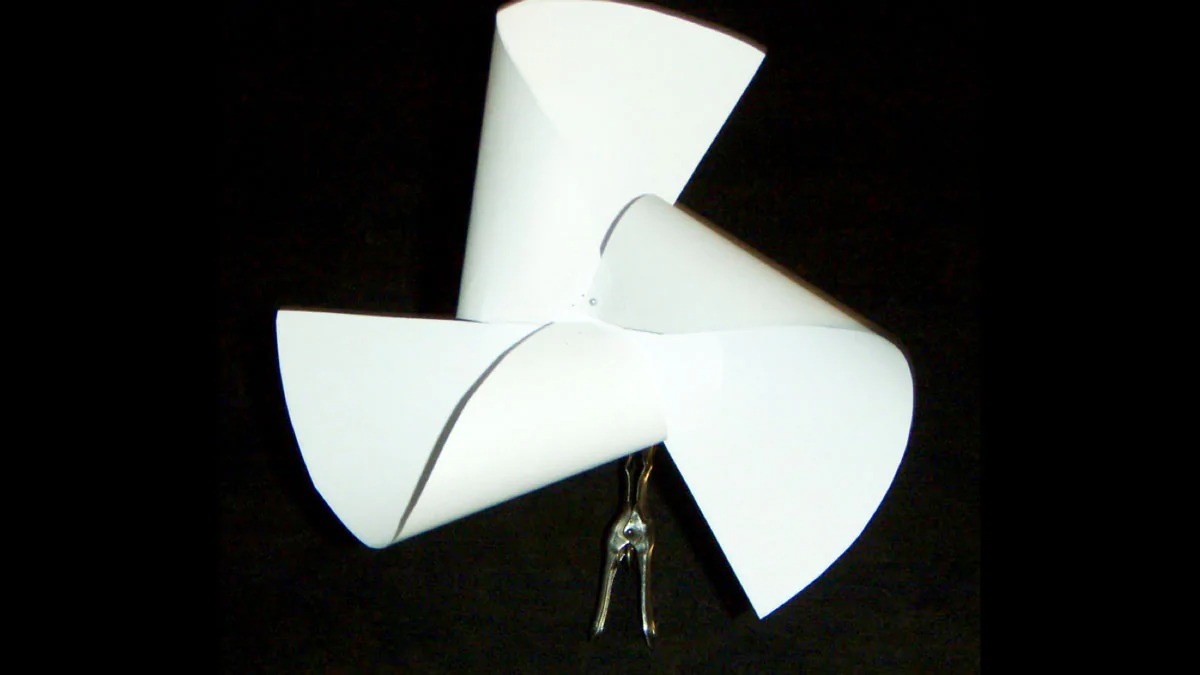
Nothing complicated, then, and certainly nothing new—just like the boomerang, which is actually considered one of the oldest flying objects invented by humankind, dating back about 13,000 years. Yes, you read that correctly—before the pyramids and recorded history. A boomerang is a piece of wood shaped like a right angle, with its two arms designed like wings, harnessing rotational energy to generate lift and return to its starting point.
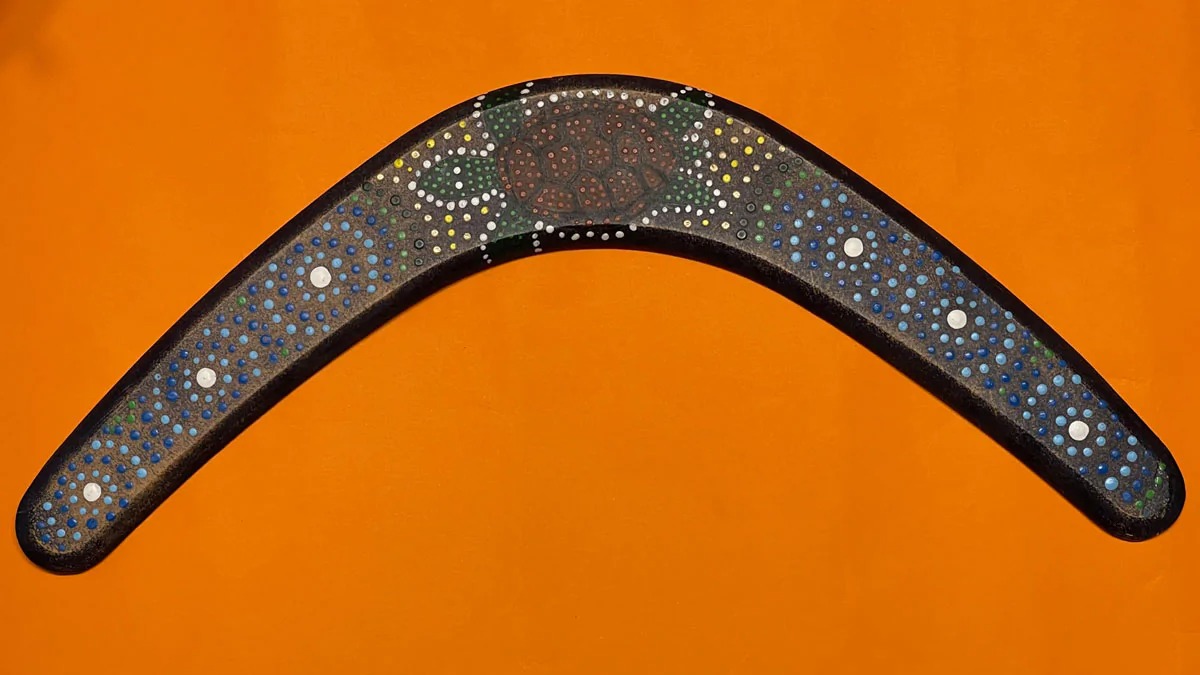
Nothing complicated, then, and certainly nothing new—just like the boomerang, which is actually considered one of the oldest flying objects invented by humankind, dating back about 13,000 years. Yes, you read that correctly—before the pyramids and recorded history. A boomerang is a piece of wood shaped like a right angle, with its two arms designed like wings, harnessing rotational energy to generate lift and return to its starting point.
The ingenuity of MIT’s Lincoln Laboratory (Massachusetts Institute of Technology) lies in combining these two concepts. Take a boomerang, bend it until the ends meet, and use it as a propeller blade—this way, you add the aerodynamic lift of the boomerang’s wing profile to the thrust generated by the blade’s inclination. This is how the research on two-blade toroidal rotors for drones began, as shown in the image below.
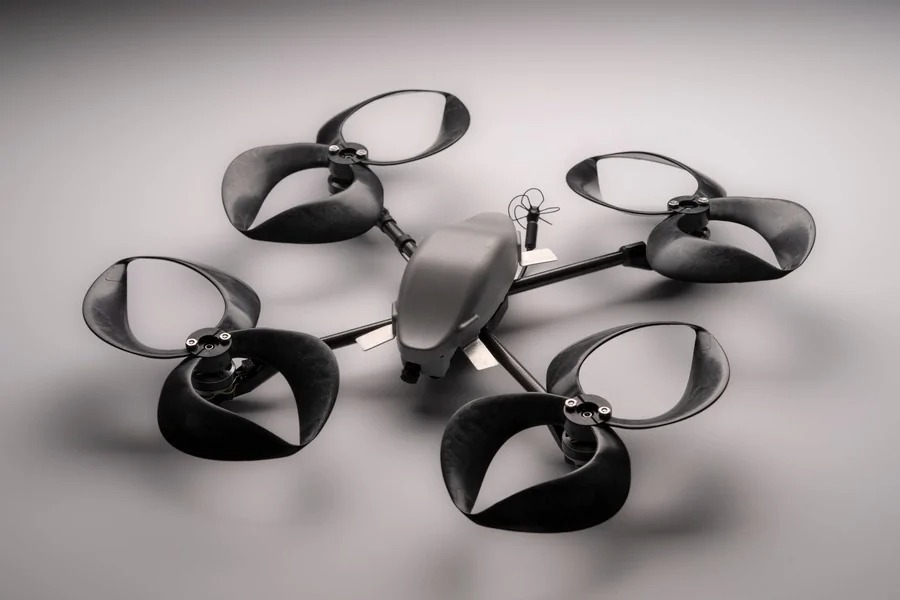
The tests yielded excellent results—not only in terms of lift and safety but especially in noise reduction. Unlike conventional blades, toroidal propellers do not generate tip vortices, which dramatically reduces noise. The following diagrams illustrate how noise intensity varies with frequency.
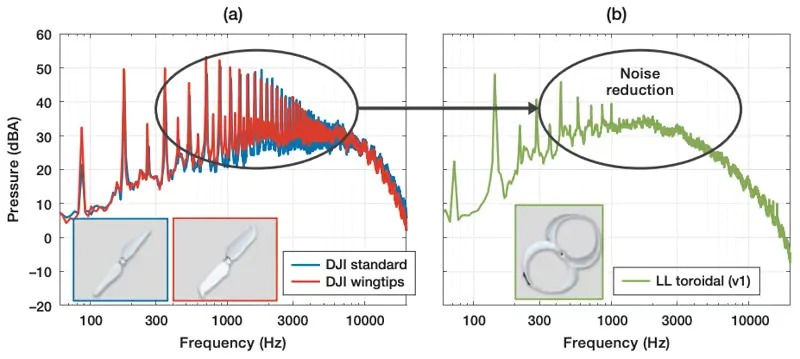
As shown, the noise reduction is most significant in the frequency ranges to which the human ear is most sensitive, highlighted with an oval.
At MIT, they’re already imagining a future of cities populated by flying objects—for transporting people and goods. Naturally, they understand that noise reduction will be essential for urban livability and quality of life. But what about boating and marine propellers?
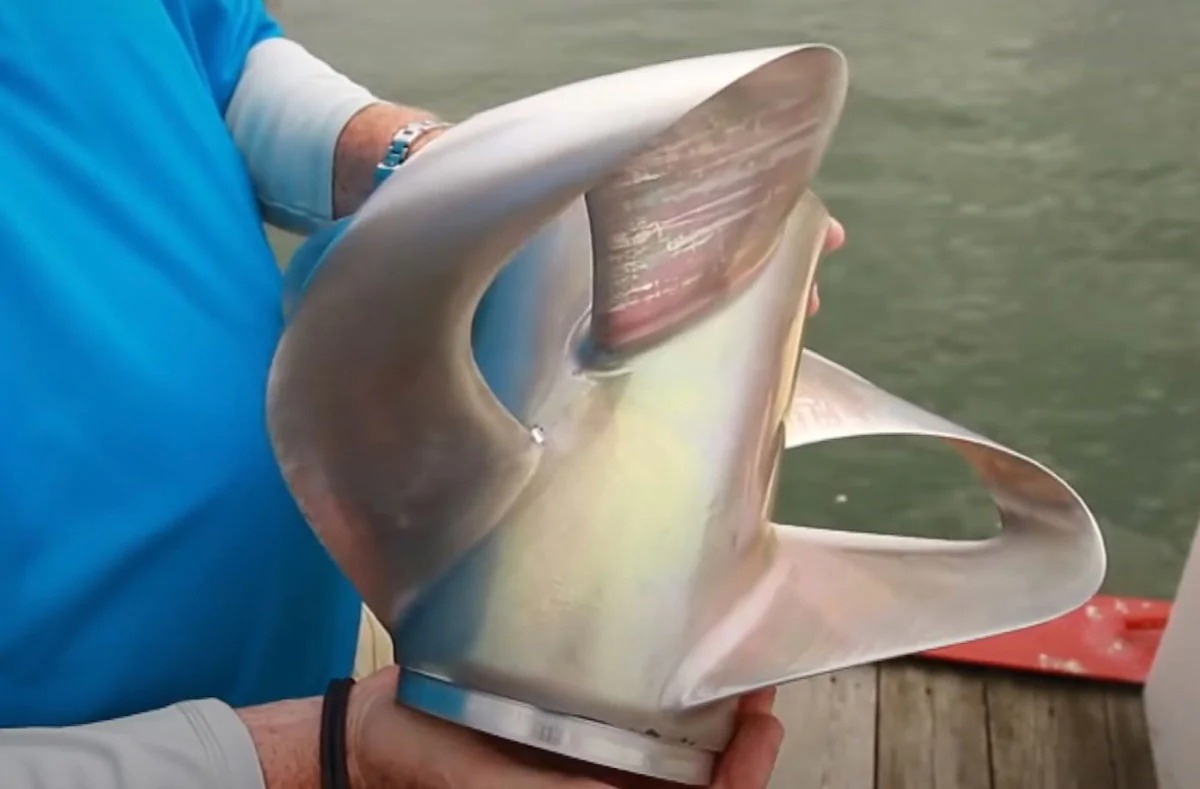
The MIT patent license was granted to Sharrow Marine, which refined the design—featuring aerofoil profiles in the blade sections—and brought the product to market. The innovation earned an award at the 2020 Miami International Boat Show.
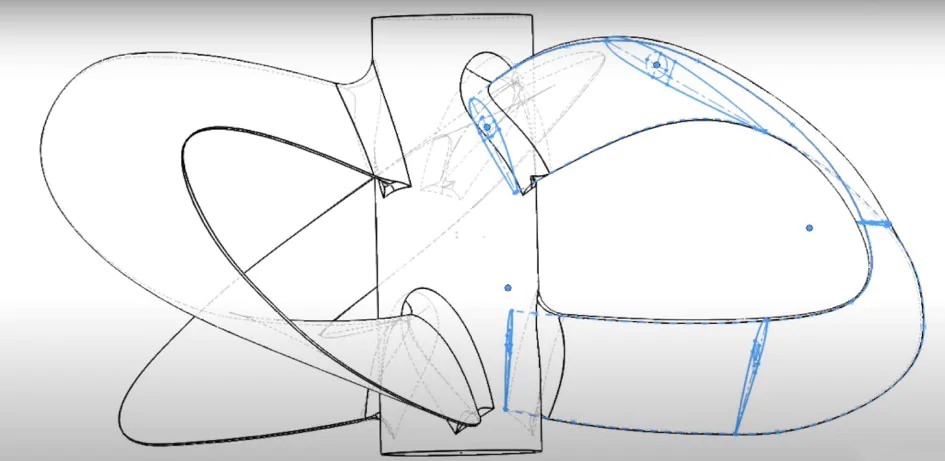
In the marine sector, a different design—visually reminiscent of MIT’s research but independently developed—has gained attention: the Sharrow Propeller™. Invented by Gregory Sharrow starting in 2012, the Sharrow Propeller is not based on MIT’s research and has no affiliation with MIT. It represents a separate innovation path and is protected by more than 150 patents in 14 countries, following over $30 million in R&D and manufacturing investment.
Since its public release in 2020, the Sharrow Propeller has been adopted across major outboard engine platforms and has demonstrated—through independent and internal testing—significant performance and efficiency improvements over conventional marine propellers. These include:
– up to 30% greater range
– better vessel control during docking
– planing at 500–1000 lower RPM
– higher mid-range speeds
– up to 50% more reverse thrust
– up to 30% greater efficiency between 2500–4000 RPM
– improved handling in tight turns at high speed
– noticeably reduced vibration and noise
Here are two comparative diagrams based on documentation from MIT and Sharrow Marine (note: each refers to its own distinct technology).
The first shows waterborne performance at a constant engine speed for a hull powered by two 300 hp outboards. Between 2,500 and 4,000 RPM, the performance gains of the Sharrow design are evident. At 3,000 RPM, it nearly doubles performance and halves fuel consumption.
The second chart measures propeller efficiency, with the Sharrow design outperforming the traditional one at every speed. At 3,000 RPM, its efficiency is more than twice as high.
So, one might ask: why doesn’t everyone rush to buy a Sharrow Propeller for their outboard? The answer is simple: cost.
At present, these propellers are available for engines between 150 and 300 hp, and each unit costs around $5,000—roughly the price of a good 20 hp engine.
Therefore, a careful evaluation of your boat's typical usage is necessary before making such an investment.
If you log 100 hours per season and mainly use your boat to reach friends and swim along the coast, this kind of propeller won’t change your life.
But if you transport people or goods from one port to another—and time matters—then it’s worth considering. It could significantly improve your performance in terms of speed, comfort, and especially fuel efficiency. A 20% saving is no small thing.
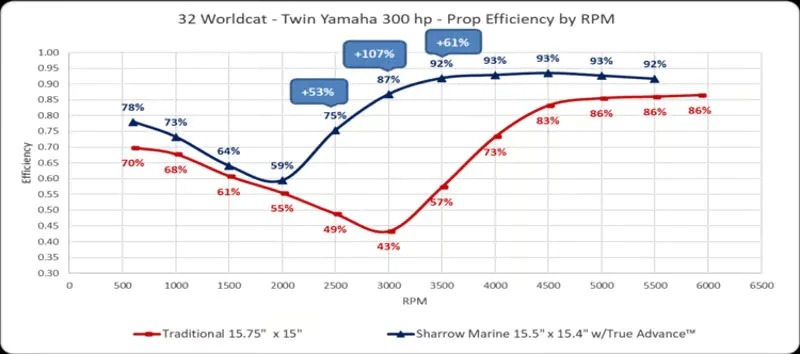
So, one might ask: why doesn’t everyone rush to buy a toroidal propeller for their outboard? The answer is simple: cost.
At present, toroidal propellers are only available for engines between 150 and 300 hp, and each unit costs around $5,000—roughly the price of a good 20 hp engine.
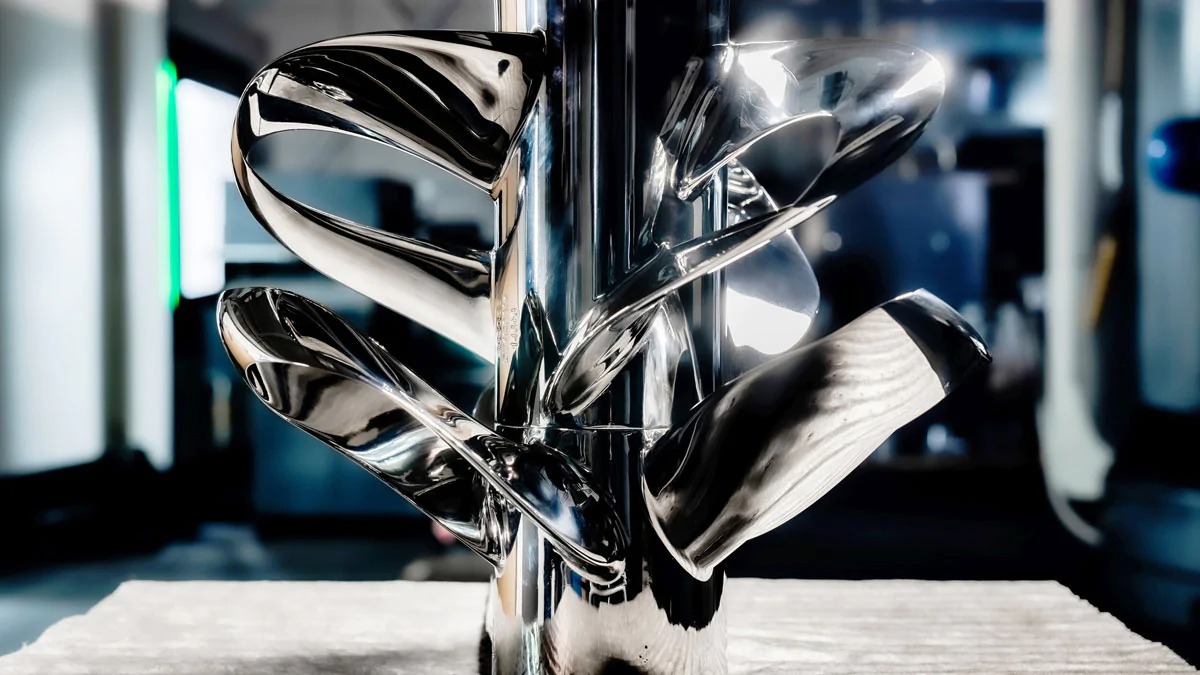
Therefore, a careful evaluation of your boat's typical usage is necessary before making such an investment.
If you log 100 hours per season and mainly use your boat to reach friends and swim along the coast, a toroidal propeller won’t change your life.
But if you transport people or goods from one port to another—and time matters—then it’s worth considering. It could significantly improve your performance in terms of speed, comfort, and especially fuel efficiency. A 20% saving is no small thing.
Alfredo Gennaro
©PressMare - All rights reserved
